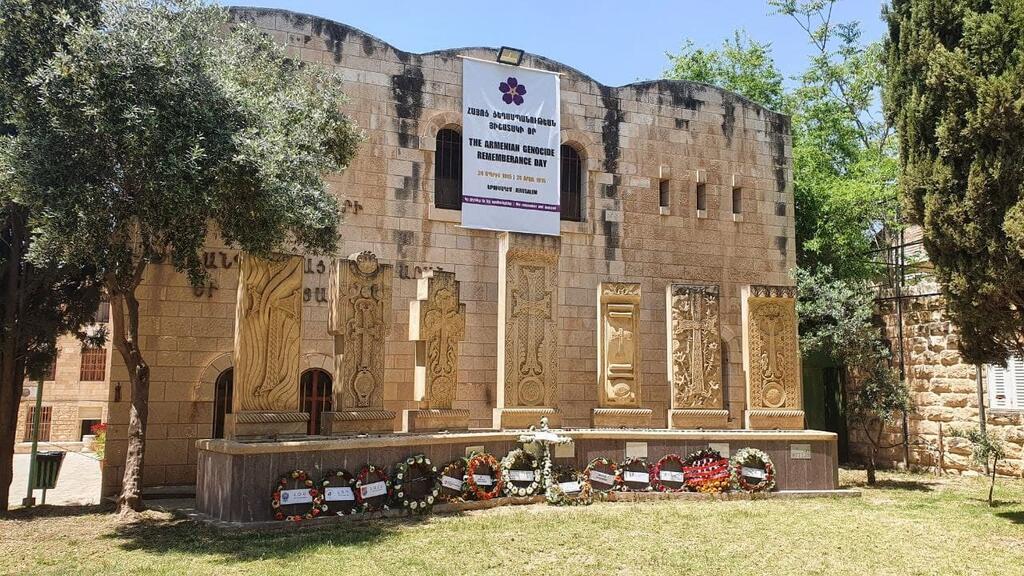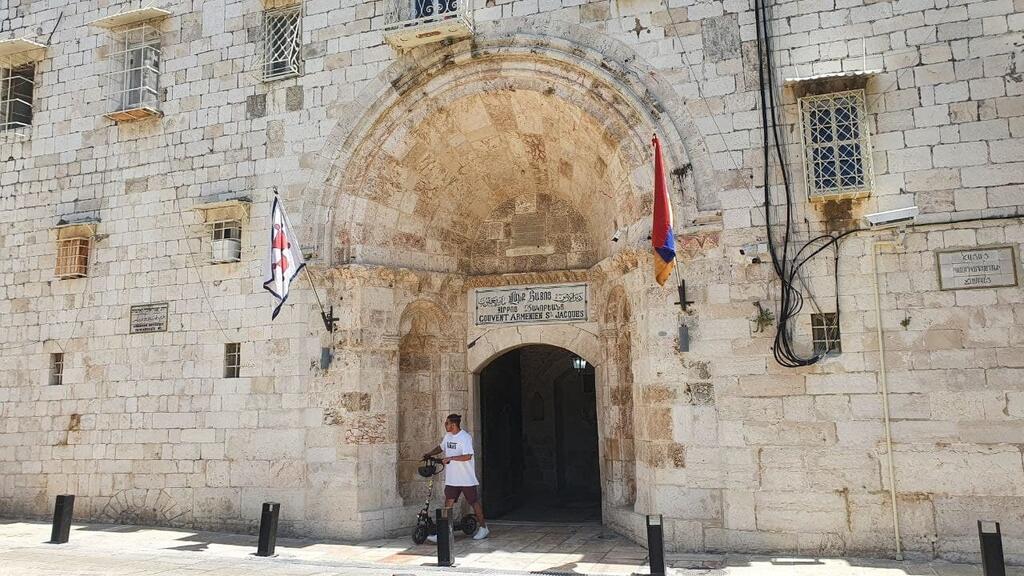The Mardigian Museum in the Armenian Quarter of Jerusalem's Old City finally reopened its doors to the public a few weeks ago, after almost 30 years of closure, including over ten years of renovations.
The reopening marks a new chapter in the Armenian presence in the holy city, one that's lasted more than 2,000 years.
It began with the conquest of the region by King Tigrane II of Armenia in 95 BCE, and lasted through the Ottoman period, including the first large wave of Armenian emigration to Jerusalem in the fourth century CE, after Armenia became the first Christian state.
In addition to official documents and precious objects, the museum also houses manuscripts belonging to the Armenian Patriarchate, making it the second largest collection in the world.
Inevitably, a large part of the museum is devoted to the Armenian genocide, a series of atrocities perpetrated by Turkish nationalists that culminated between 1915 and 1917.
Armenians estimate that one-and-a-half million of their own were systematically killed during World War I. Today, about 30 countries recognize the Armenian genocide, but Israel is not one of them.
Israel has maintained that recognizing the genocide would alienate Turkey, which recently renewed and invigorated its relationship with Israel, but also Azerbaijan, a strategic ally of the Jewish state, which is at war against Armenia.
At present, about 1,000 Armenians still live within the walls of the Old City of Jerusalem. While some have Israeli citizenship, most are content with their permanent resident status, which is the same as the Palestinian inhabitants of the holy city.
Reprinted with permission from i24NEWS



